
By George Dawes, architect at Bindloss Dawes
When working with an old building, it’s important to remember that our intervention is only one stage in the property’s long history. We venerate old buildings not just for their design or the quality of the craftsmanship, but for the memory of those who once inhabited these spaces and left their mark on them.
Owners and architects should be mindful of a building’s past when considering its future. Of course, change is necessary to accommodate modern life, but it’s important to consider the demands this places on our homes. This means approaching historic buildings with the desire to respect them and protect them for generations to come — but it also means using innovative design to make them vibrant and freshly relevant for our time.
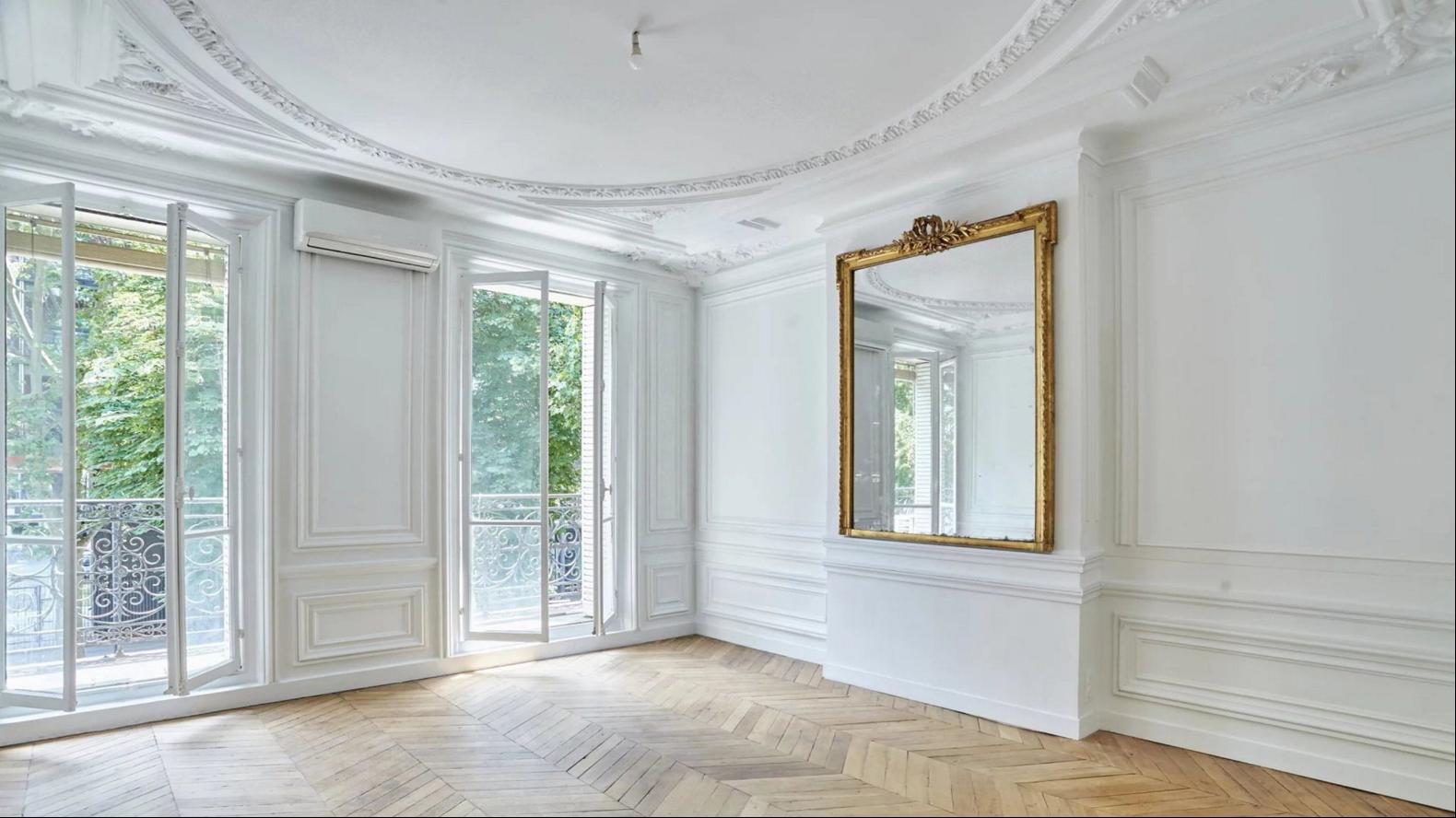
This fin de siècle apartment is a quintessential slice of Parisian architecture. With its tall ceilings, ornate detailing, oak parquet flooring and windows overlooking tree-lined boulevards, the property has a timeless charm.
Conserve existing architectural details
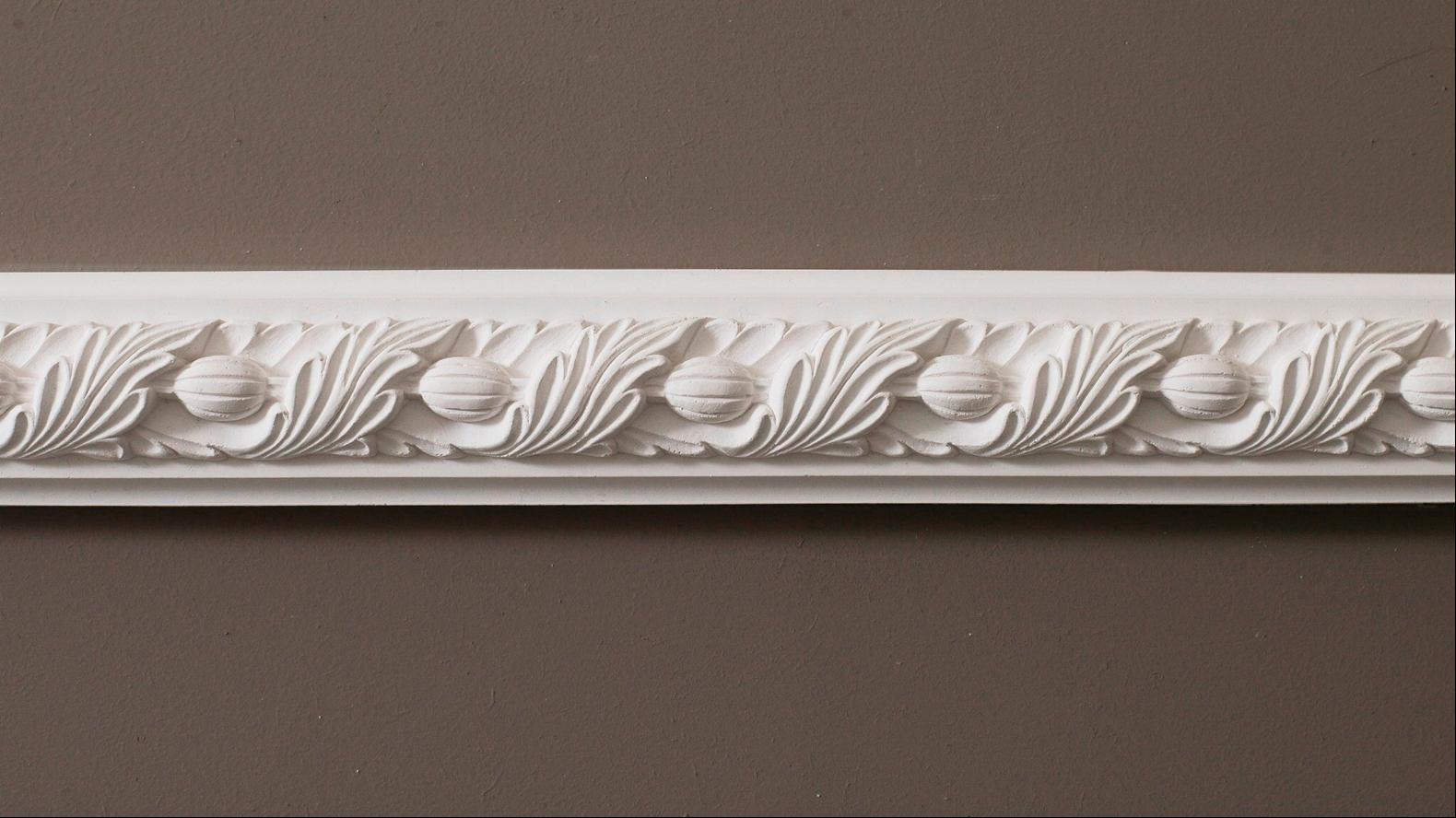
The first step in a restoration project is to get back to the original building, unpick any ill-conceived additions and assess the historical architecture.
One then tries to understand and appreciate the proportion and balance of the original craftspeople — to decipher their “language”.
Historical architectural detailing comes in all shapes and sizes and common among the finest examples is a sense of cohesion and proportion. Respecting this is important when adding back, and getting it right takes care. Plasterwork specialist Stephensons of Norwich is second to none at providing bespoke mouldings and details.
Balance natural and artificial lighting
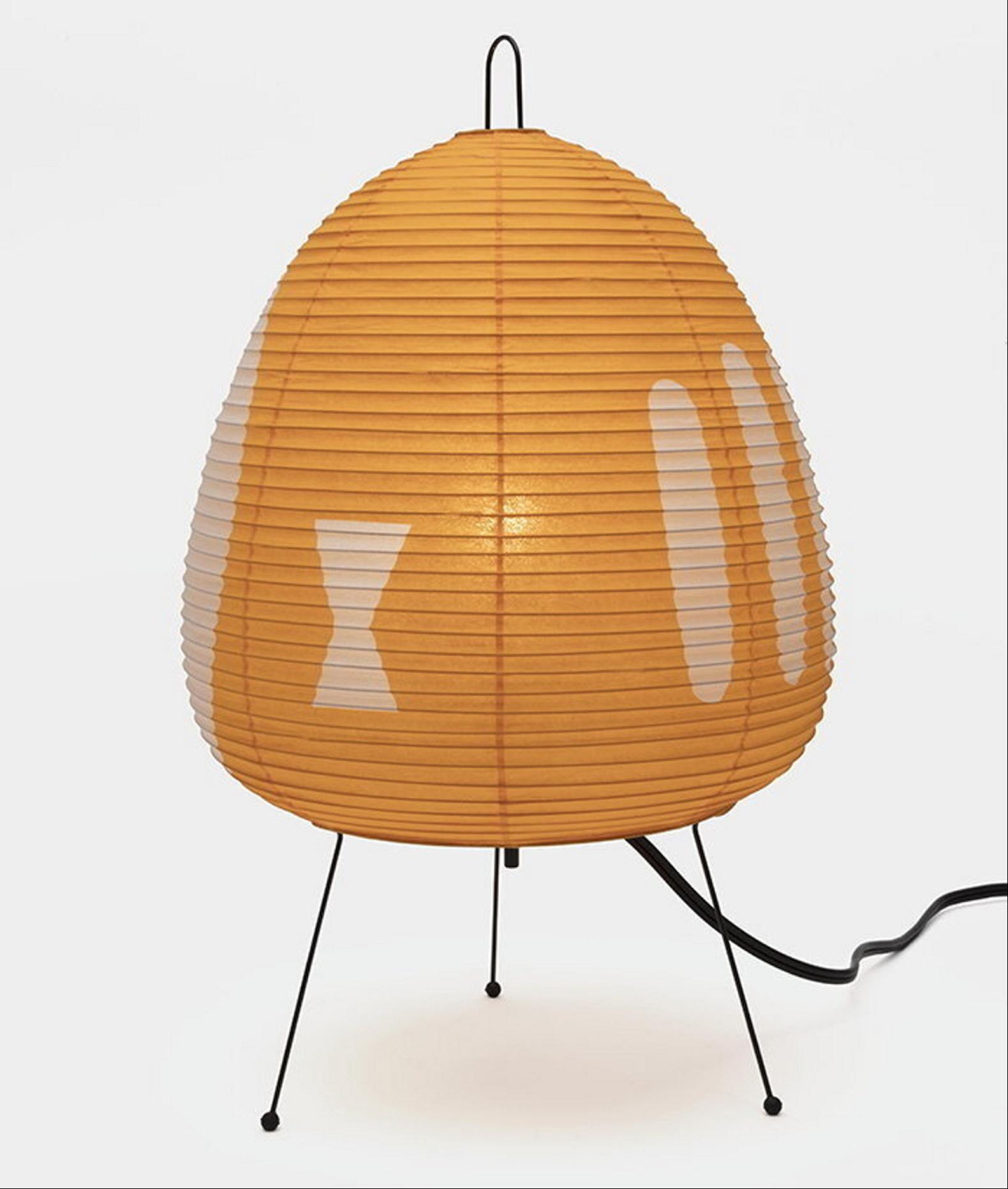
Many older properties were designed before the introduction of artificial light and their designers understood the interplay of sunlight washing over the interiors. This quality is depicted in many of the paintings of 19th-century Danish painter Vilhelm Hammershøi, who brilliantly captures the beauty of shadow.
Artificial lighting should therefore be discreet and gentle, subtly supporting the natural light during the day and maintaining a soft domesticity during the night.
In spaces such as the Parisian apartment, I prefer to avoid any grandiose attempt to uplight the room’s detail in favour of something soft and classic, such as the Akari 1AY by Isamu Noguchi.
Temper art with the building’s era
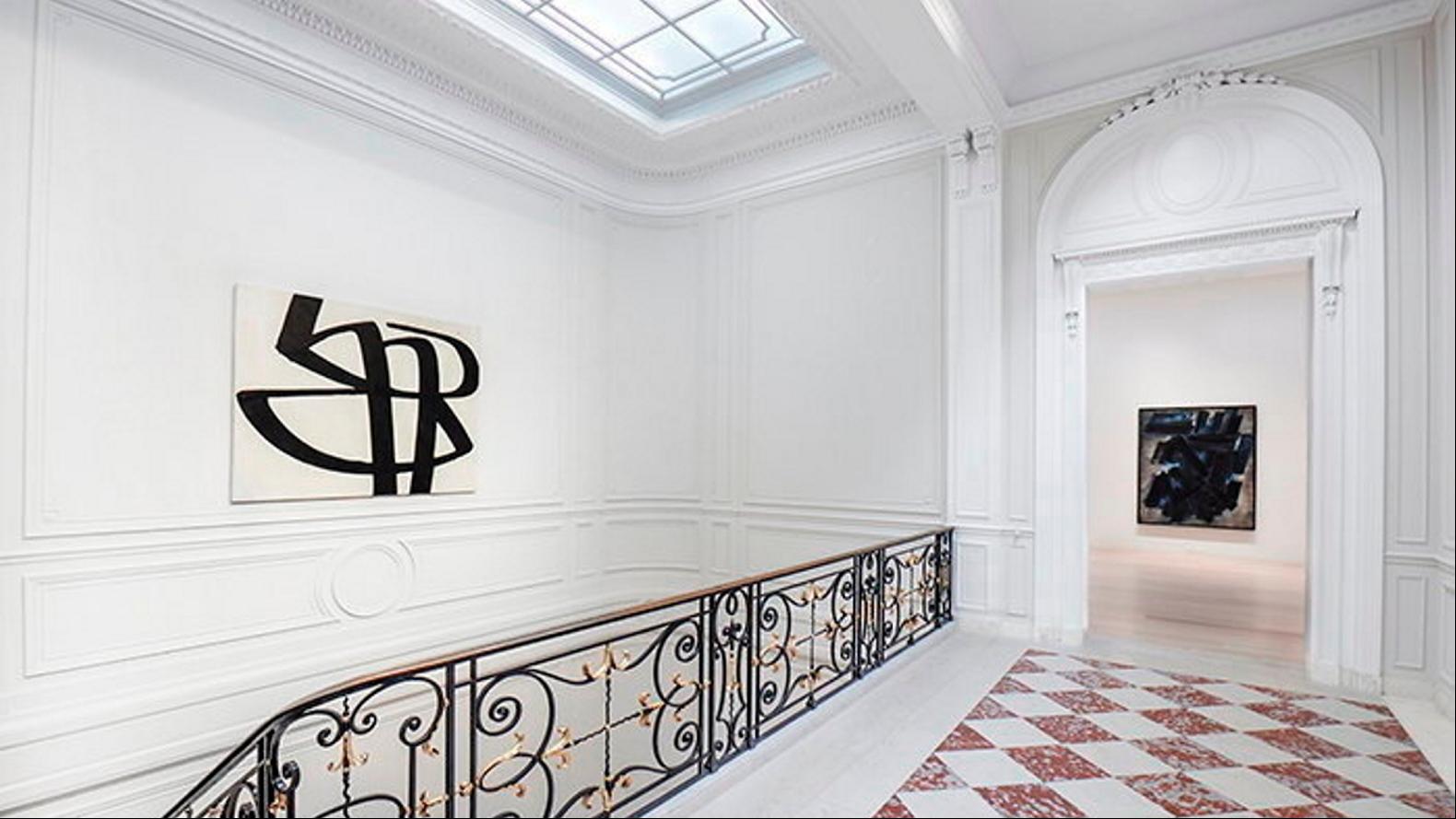
Hanging art in a panelled room can be challenging: is it better to position picture frames within panels or disregard them altogether? When designing a new exhibition space within a Victorian ballroom for art dealers Levy Gorvy Dayan, we chose the former, and hung contemporary art on panelled surfaces for a fascinating contextual interplay.
The key to hanging modern art work in historic interiors is to avoid pieces that dominate or clash with the rest of the interior. In my own home, a 300-year-old listed farmhouse, I hang paintings in clusters, juxtaposing original features with 21st-century art and furniture.
Use contrasting texture
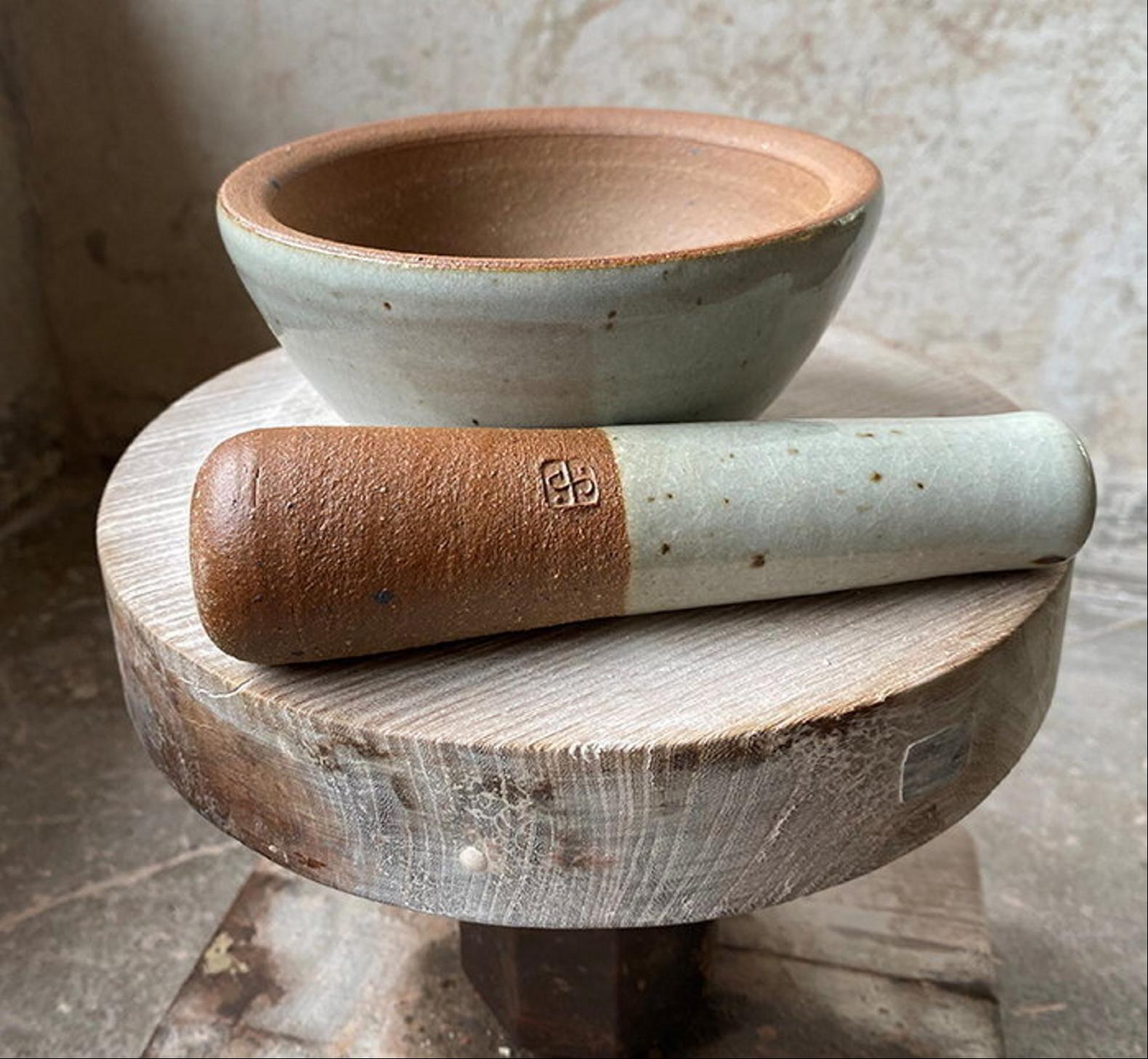
Along with colour and patterning, texture is a great way of creating richness and variety within an interior.
I love working with natural materials such as stone and timber, varying their texture depending on where they are. For example, rougher and tougher surfaces might be placed externally, grading through to more refined finishes in the heart of the interior. This can also be achieved by selecting objects whose different textures correspond to how they are used or touched. In the Paris apartment, I’d use pieces such as this pestle and mortar by Leach pottery, available at David Mellor, to create interest.
Aim for cohesion with finishes
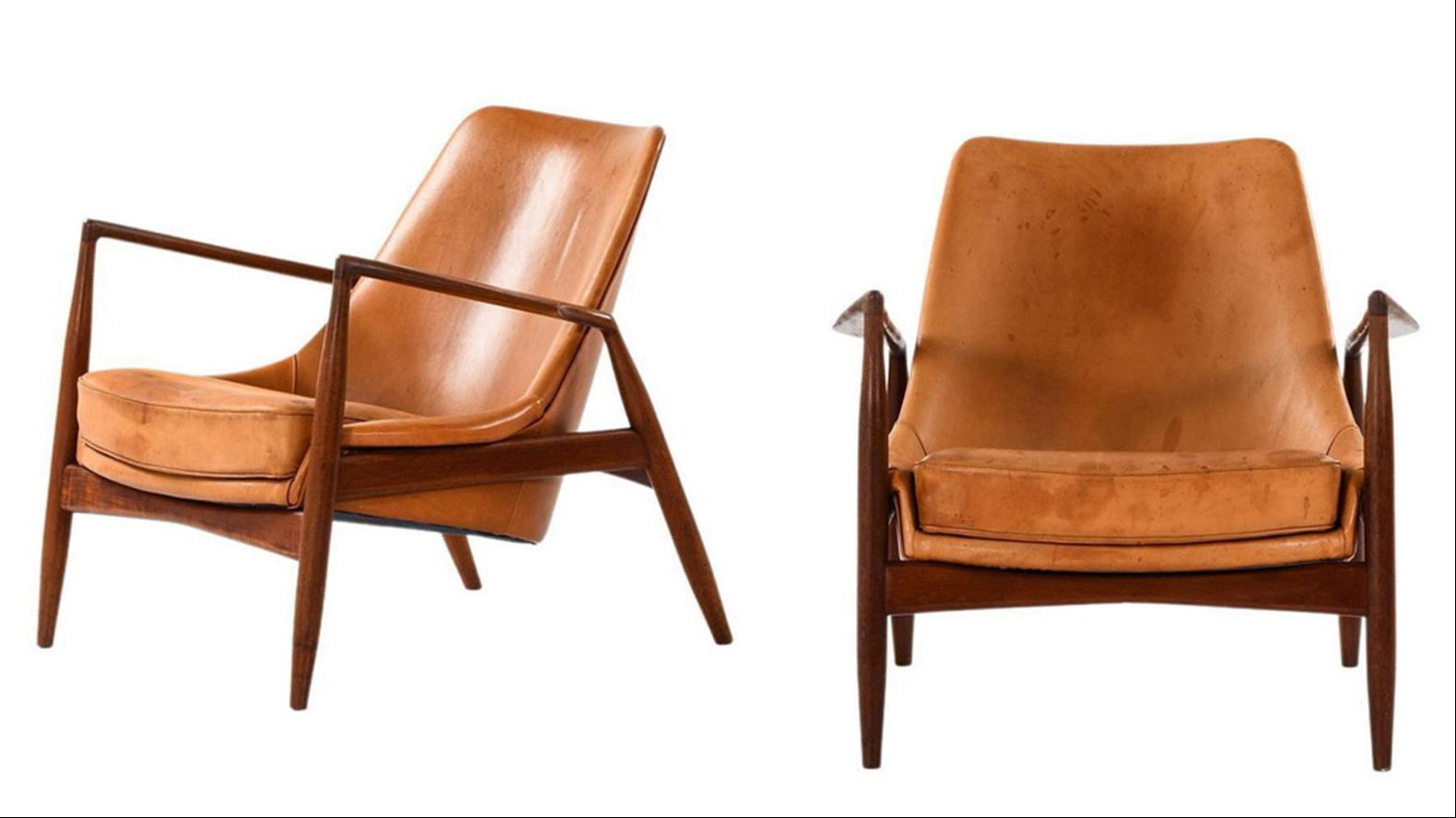
Interior architecture is the backdrop to the furniture, textiles and artwork of a home, but they need to work together to create a sense of balance. Too many conflicting ingredients create visual noise that can dominate a delicate interior of a space such as the Parisian apartment.
In general, it is better to exercise restraint and avoid overloading a space, but it’s also important to take time to actually live in a home — to allow things to grow around you. While the architect sets the framework of the interior design, it’s the owner who completes it, collecting furniture and allowing organic change.
I love trawling salvage yards and antiques fairs to find furniture and artwork, often resulting in unexpected items and combinations. Two of my favourite retailers for reclaimed pieces are Pamono and Retrouvious.
Photography: Dave Watts; Home-Hunts; The Isamu Noguchi Foundation and Garden Museum/ARS; Tom Powel Imaging courtesy of Lévy Gorvy Dayan; PAMONO and Studio Schalling
Also Read More: World News | Entertainment News | Celebrity News






